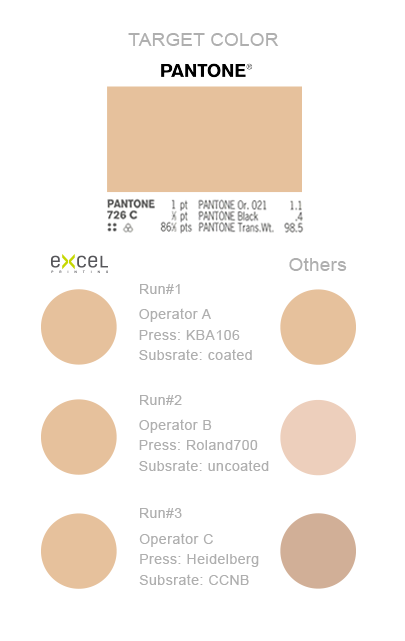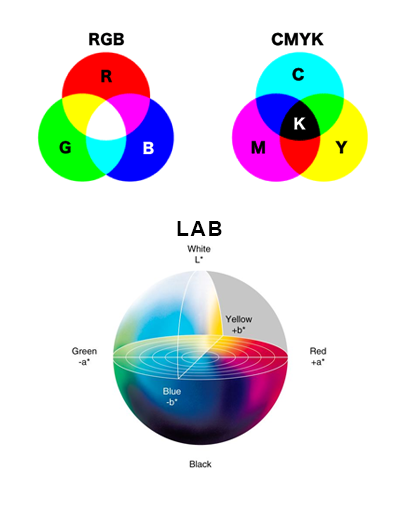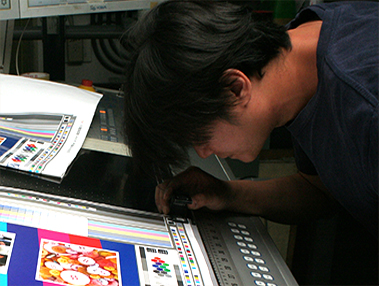Color matching is often the most important and difficult task for any printing company. The ability to capture color accurately from imagination to computer screen to printing press is affected by a variety of factors.
Human perception plays a big role in color variance, as we all see color differently depending on eye structure and light in the environment. User subjectivity can also alter a color as a concept passes from client to graphic designer.
After the colors are transformed to digital form, the variations in displays, monitors, and settings become a factor. Flat-panel LCD monitors will show colors differently than a LED TV. Calibration and settings, such as brightness and contrast, also affect the way colors are viewed.
Once we are ready to transfer the colors to print, printing technology and material become factors in delivering the final colors. Slight differences in color can be caused by different types of printing press, different calibration, different operator, or different time of year. The substrate or texture of the paper will also cause variance in how the final color is viewed and perceived.


L-a-b COLOR SPACE
With all these factors that influence color variation, how do our engineers at Excel Printing ensure that the proper colors are always translated to print? It starts with using the most comprehensive color definitions.
Art files and digital designs are often set up using RGB (Red/Green/Blue) or CMYK (Cyan/Magenta/Yellow/Black) color profiles. However, these color models are not comprehensive, and colors can vary from monitor to paper.
At Excel, we use the L-a-b color space, the most complete color space specified by the International Commission on Illumination (CIE). The L-a-b color space is a 3-dimensional real number space with dimension “L” for lightness/darkness and dimensions “a” and “b” for color component. It describes all perceivable colors, is device independent, and exceeds the color space of RGB and CMYK models.
Using the L-a-b color space standard, we can transfer accurate color definitions across human discrepancies, device variations, and print environment fluctuations.


MEASUREMENT & COLOR ACCURACY
At Excel Printing, we use the most state-of-the-art tools to measure color and mitigate color variation in print jobs. Delivering the highest color quality requires the most advanced spectrophotometers, densitometers, and color management systems on the market
To deliver accurate colors print after print, we also employ the most dedicated print team in the industry. For the past 15 years, we have helped our clients identify and match over 14,000 different spot colors, enough to fill eight volumes of the Pantone Library of Color. Give us a Pantone number, a lipstick smudge, a leather sample, or a brand new color, we will find a match.

